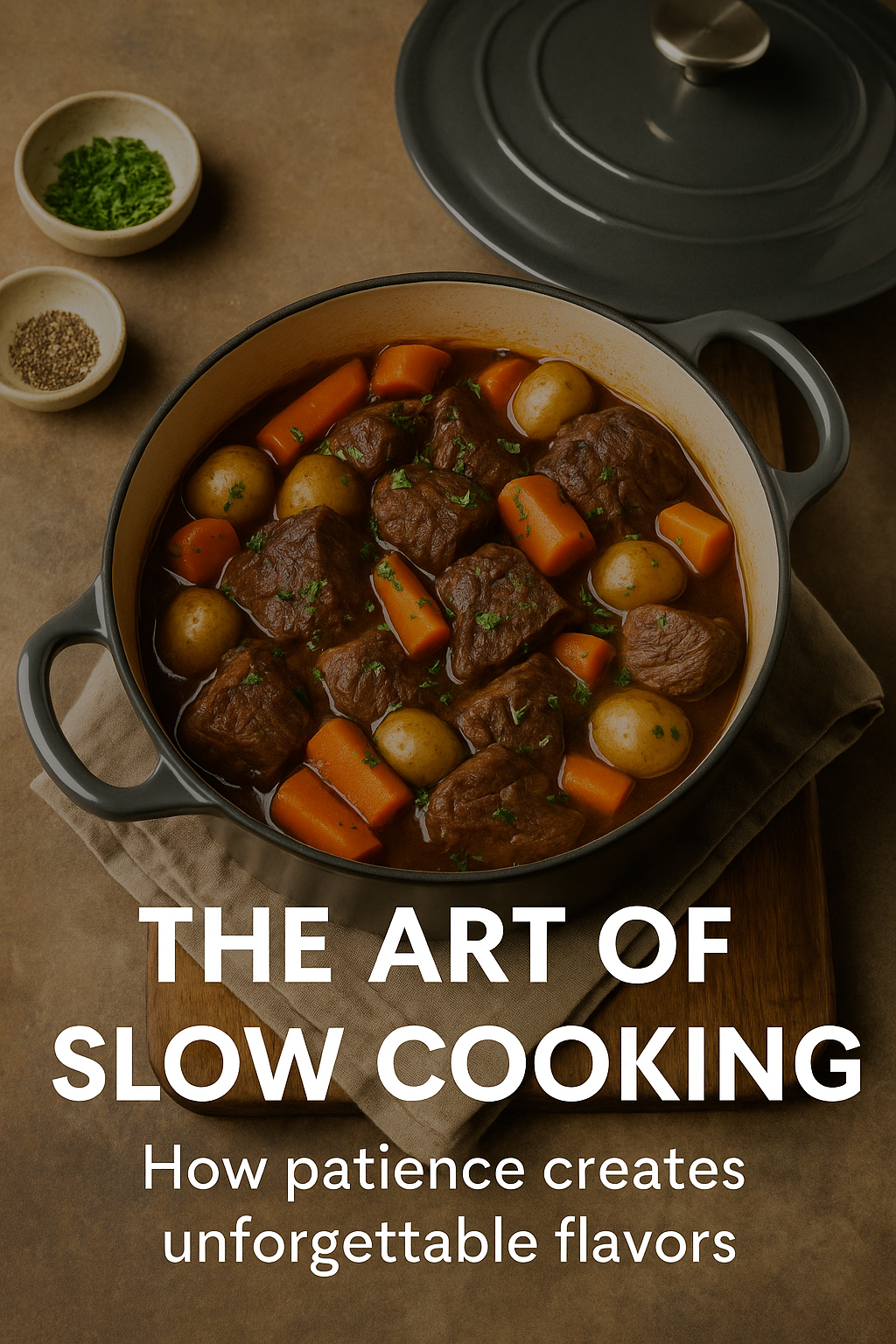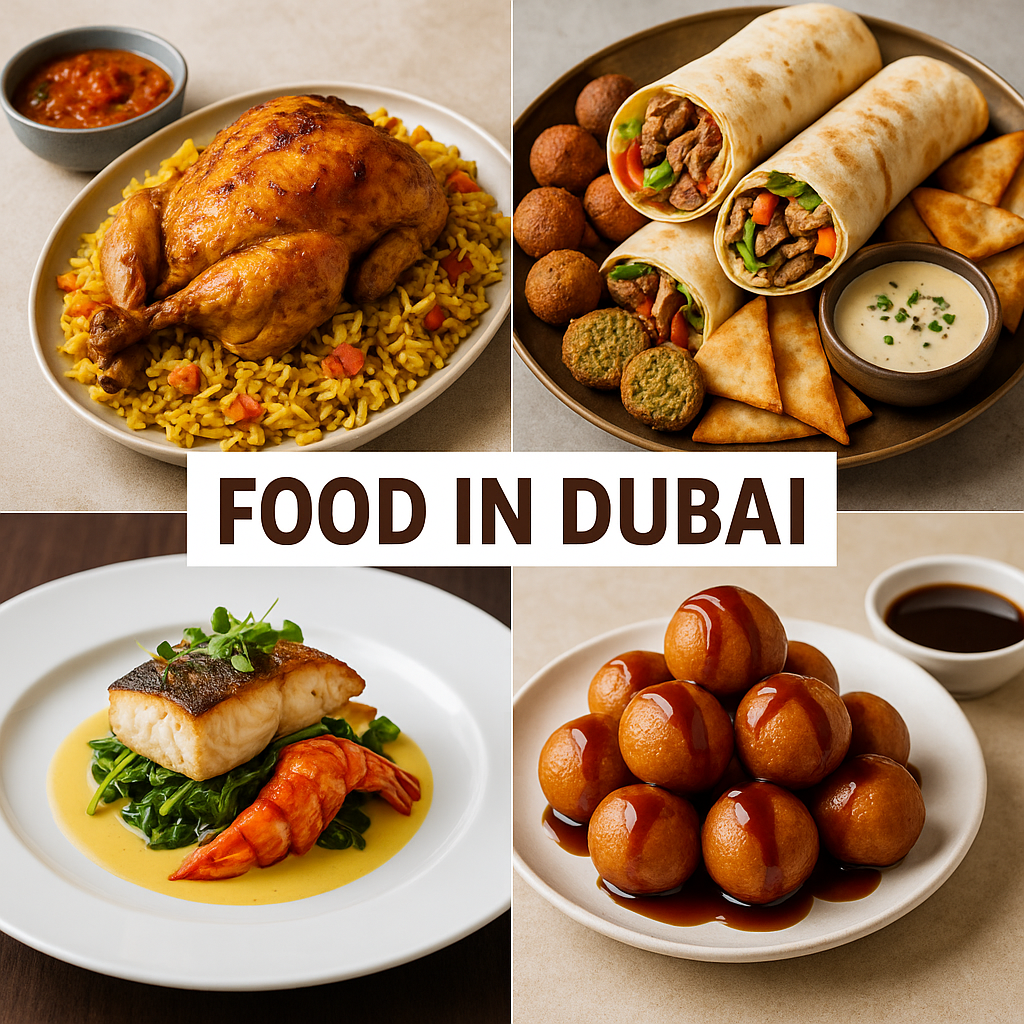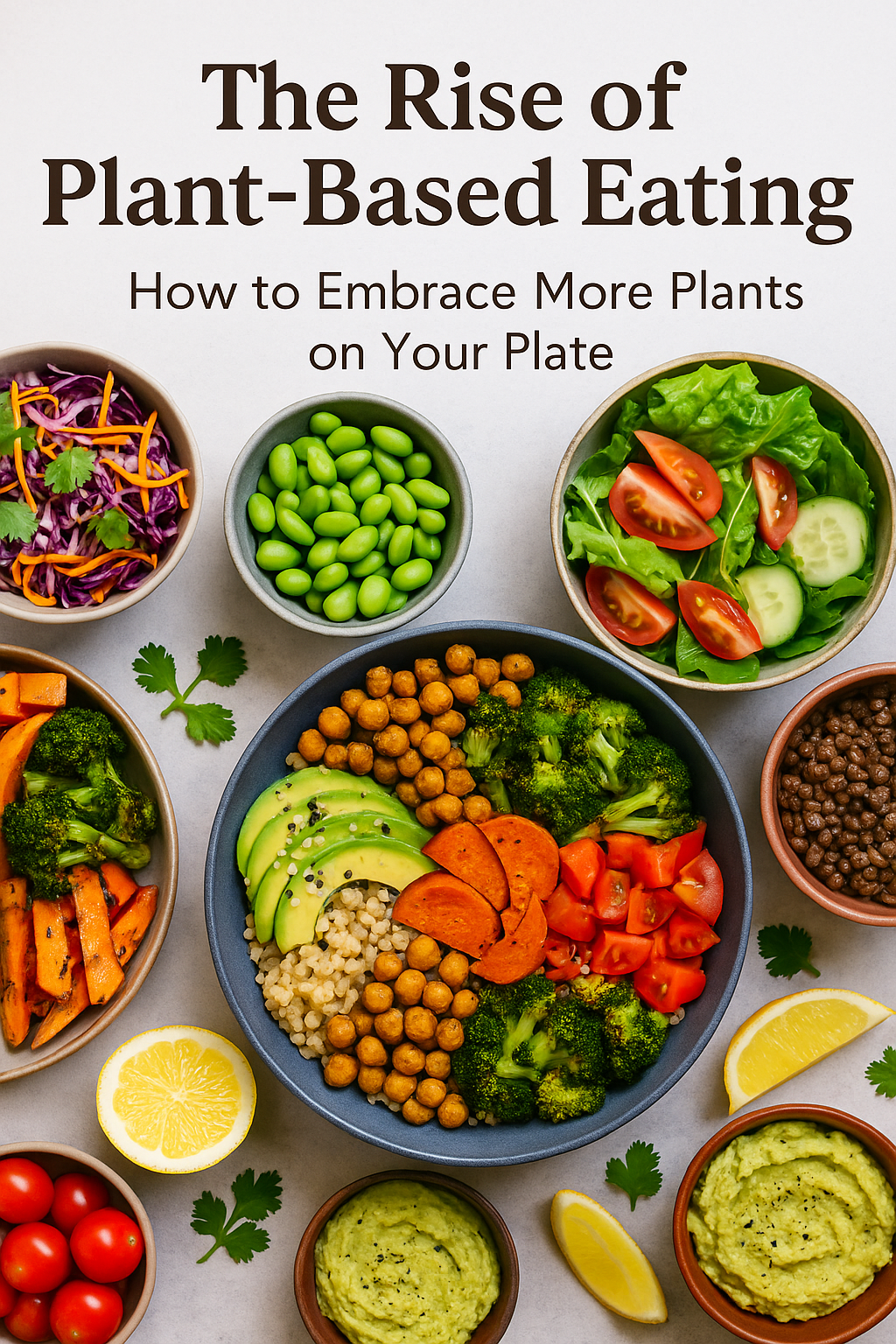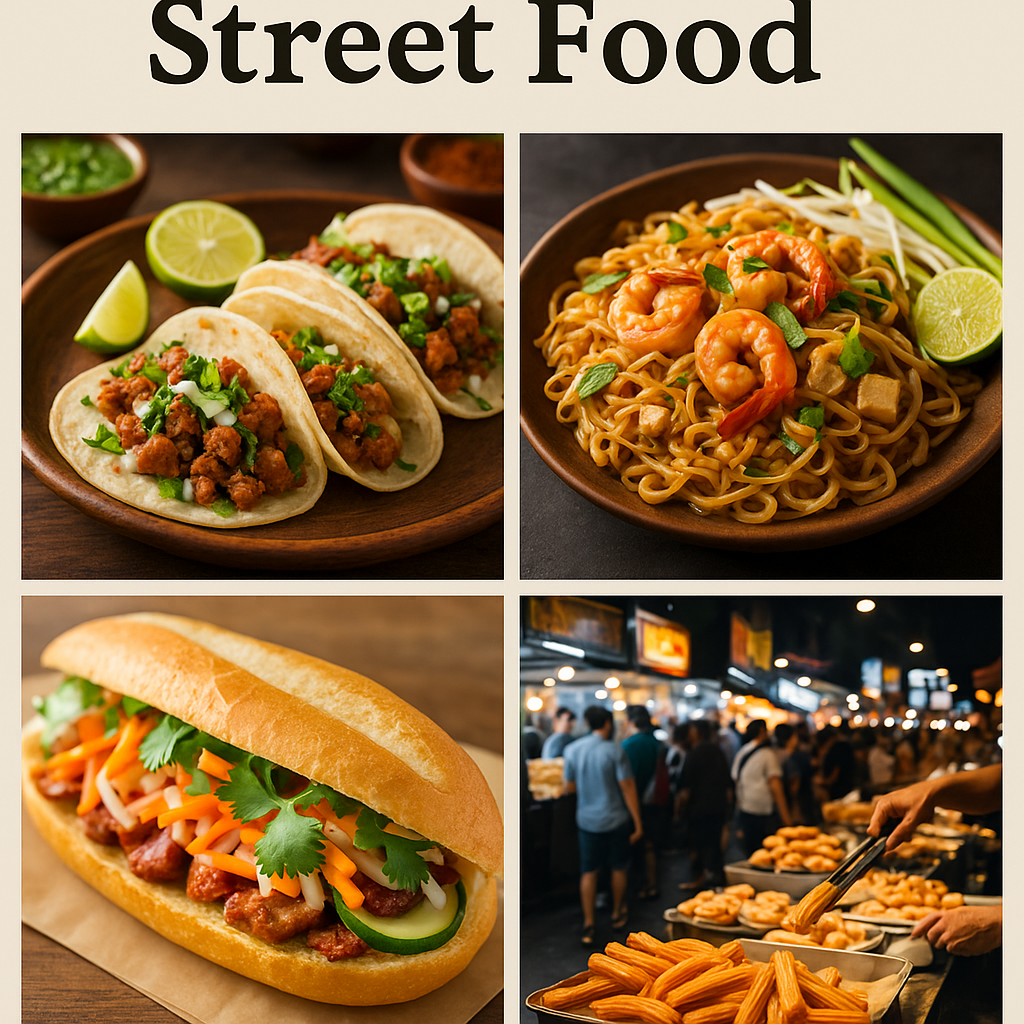
In an era dominated by fast food, microwave meals, and 15-minute dinner recipes, slow cooking feels almost revolutionary. The method dates back centuries, long before modern kitchen gadgets, when meals were lovingly prepared over low flames and given the time they needed to develop rich, complex flavors.
Today, slow cooking is seeing a global resurgence. It’s not just about convenience (though tossing ingredients into a slow cooker and coming back hours later to a ready meal is a plus). It’s about reclaiming the artistry of cooking — where patience, technique, and simple ingredients combine to produce something truly extraordinary.
In this article, we’ll explore the magic of slow cooking: why it works, what makes it so satisfying, and how anyone can harness it in their home kitchen.
Why Slow Cooking Works
At its core, slow cooking is about time and temperature. Cooking food at low temperatures (generally between 180°F and 300°F) over several hours does several things:
Breaks Down Tough Fibers:
In meats, this allows collagen to break down into gelatin, resulting in fall-apart tenderness. This is why tougher, cheaper cuts of meat — like beef brisket, pork shoulder, or lamb shanks — become sublime after a long braise.
Builds Layered Flavors:
Ingredients have time to marry, melding herbs, spices, and seasonings into a cohesive taste. The result is a dish where each bite tastes better than the last.
Preserves Nutrients:
Lower temperatures and slower cook times help retain more vitamins and minerals compared to rapid cooking methods.
Creates Comforting Aromas:
There’s nothing quite like the deep, mouthwatering aroma of a stew or braise filling your home after hours on the stove or in the oven. It awakens appetite and evokes feelings of comfort.
Essential Techniques for Slow Cooking Success
While the “set it and forget it” style of slow cookers and Instant Pots makes it easier than ever to cook low and slow, a little attention to technique goes a long way:
Sear First:
Browning meat or vegetables before slow cooking adds a depth of flavor that can’t be achieved otherwise. Take the time to sear in a hot pan — it’s worth the extra effort.
Layer Ingredients Thoughtfully:
Place root vegetables at the bottom of a slow cooker or pot — they cook slower. Place delicate herbs or greens near the top or stir them in at the end.
Mind Your Liquid:
Liquids don’t evaporate as much in slow cooking, so use less broth or wine than you would in stovetop recipes. Otherwise, you may end up with soup instead of stew.
Be Patient:
The beauty of slow cooking lies in patience. Don’t be tempted to crank up the heat to save time. Let the process unfold naturally — your taste buds will thank you.
Classic Slow-Cooked Dishes from Around the World
Slow cooking is celebrated in cuisines across the globe. Here are just a few timeless examples:
French Boeuf Bourguignon:
Beef slowly braised in red wine with mushrooms, onions, and carrots — a dish that improves with each reheating.
Indian Rogan Josh:
Tender lamb simmered with Kashmiri chili, yogurt, and fragrant spices.
Mexican Barbacoa:
Traditionally cooked underground, modern versions slow braise beef with chipotle, cumin, and lime for irresistibly rich tacos.
Moroccan Tagine:
A North African stew of meat, vegetables, and dried fruits, slow-simmered with warm spices like cinnamon, cumin, and saffron.
American Pot Roast:
A homestyle classic where beef chuck roasts slowly with potatoes, carrots, and onions in a savory broth.
Health Benefits of Slow Cooking
Slow cooking offers more than just delicious flavors — it can also support a healthier lifestyle:
Lean Proteins:
Even budget-friendly cuts like turkey thighs or pork loin can be transformed into tender, satisfying mains.
Vegetable-Rich Meals:
Slow cooking makes it easy to add in plenty of vegetables. Long cooking helps mellow bitterness and bring out sweetness in veggies like turnips, parsnips, and kale.
Reduced Need for Added Fats:
Slow cooking uses moisture and gentle heat rather than heavy fats to tenderize and flavor food.
Customizable for Dietary Needs:
Whether you’re cooking gluten-free, keto, vegan, or paleo, slow cooking adapts beautifully.
Slow Cooking in Modern Life
With busy workdays, family schedules, and constant distractions, taking the time to prepare a slow-cooked meal may feel old-fashioned — but that’s exactly why it’s so rewarding.
The ritual of preparing ingredients, setting a dish to simmer, and letting anticipation build throughout the day brings mindfulness back to the kitchen. It reconnects us to the simple pleasures of cooking and eating well.
Plus, with tools like programmable slow cookers and Instant Pots, it’s easier than ever to fit slow cooking into modern routines. You can prep in the morning, set your device, and return in the evening to a fragrant, ready-to-eat meal.
Final Thoughts
Slow cooking isn’t about trends or fads — it’s about timeless culinary wisdom. The best flavors take time. The most nourishing meals are built with care. And in an age where everything moves fast, taking it slow in the kitchen can be a deeply satisfying act of self-care.
So, dust off your Dutch oven or pull out that slow cooker. Choose a beautiful cut of meat, some hearty vegetables, and your favorite spices. Let it simmer, let the flavors deepen, and rediscover the joy of cooking slowly. Your table — and those you share it with — will be better for it.



